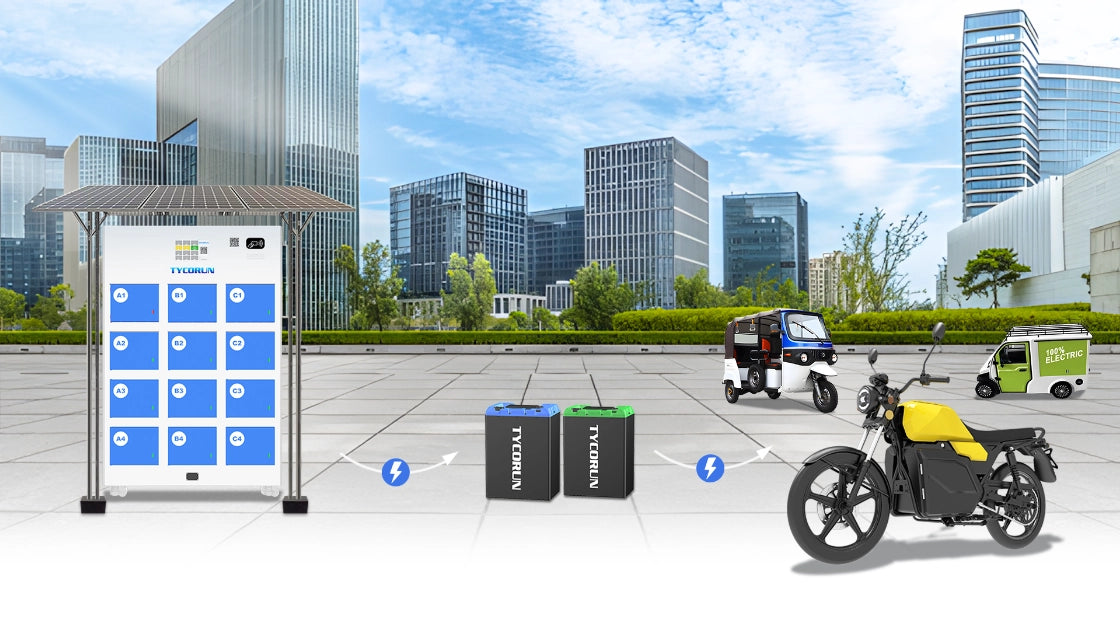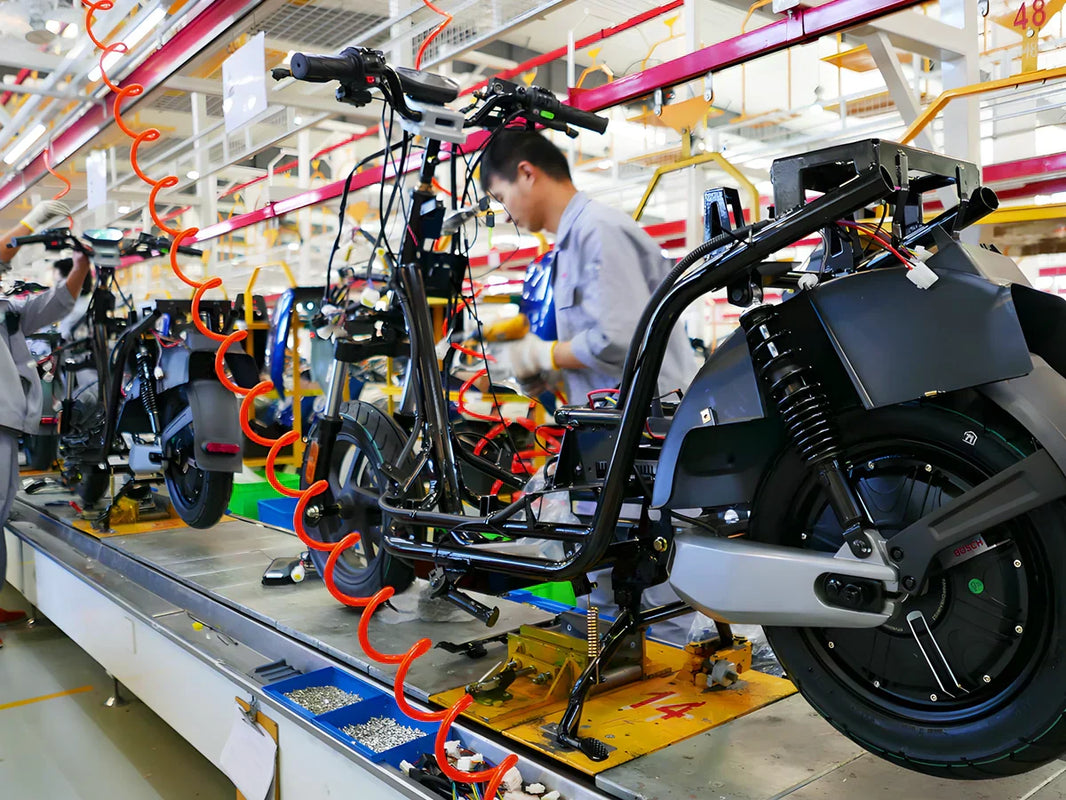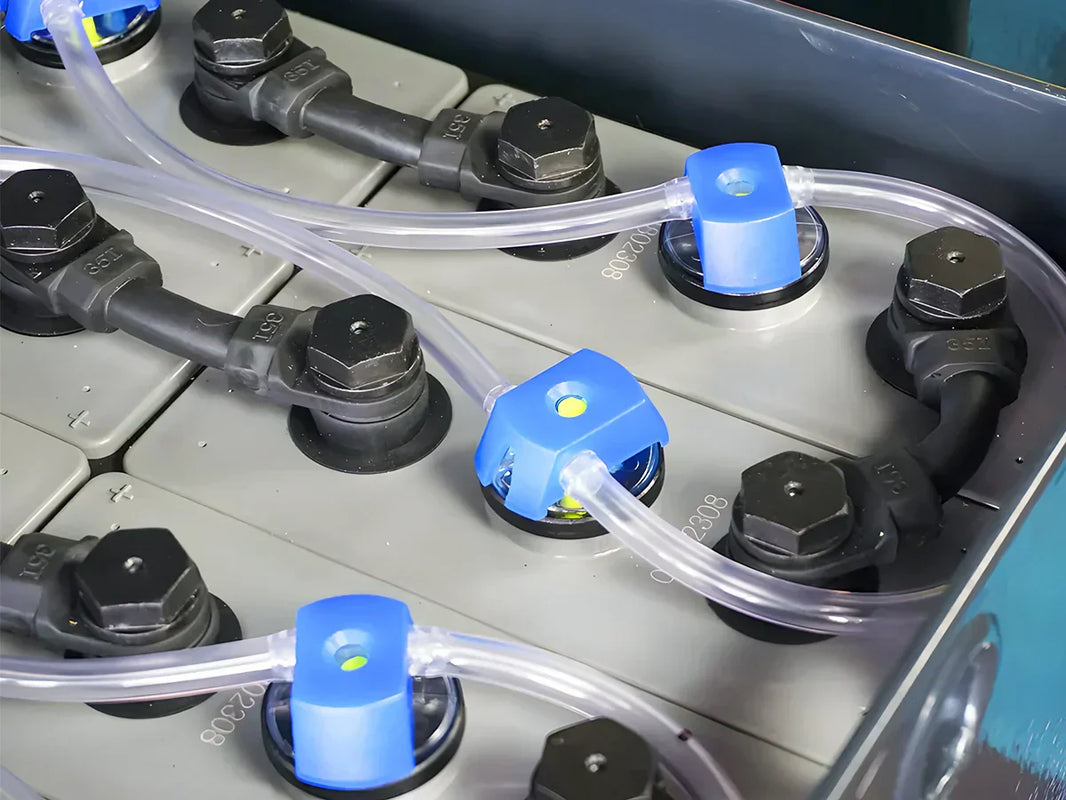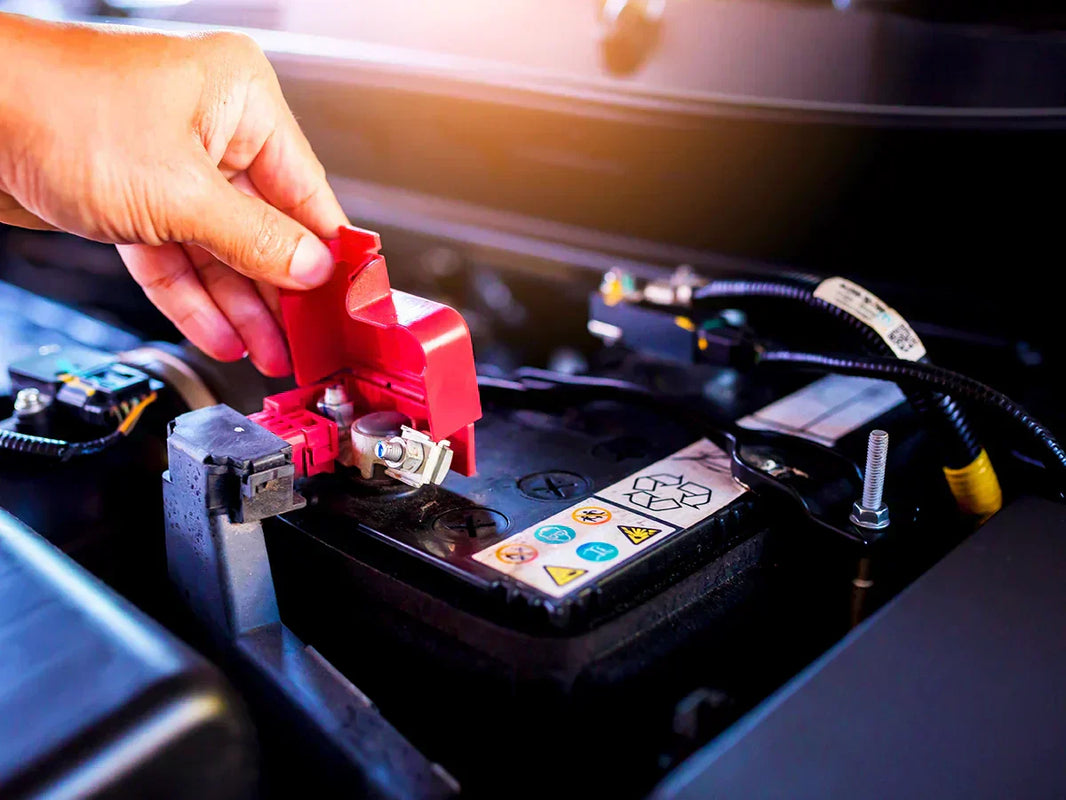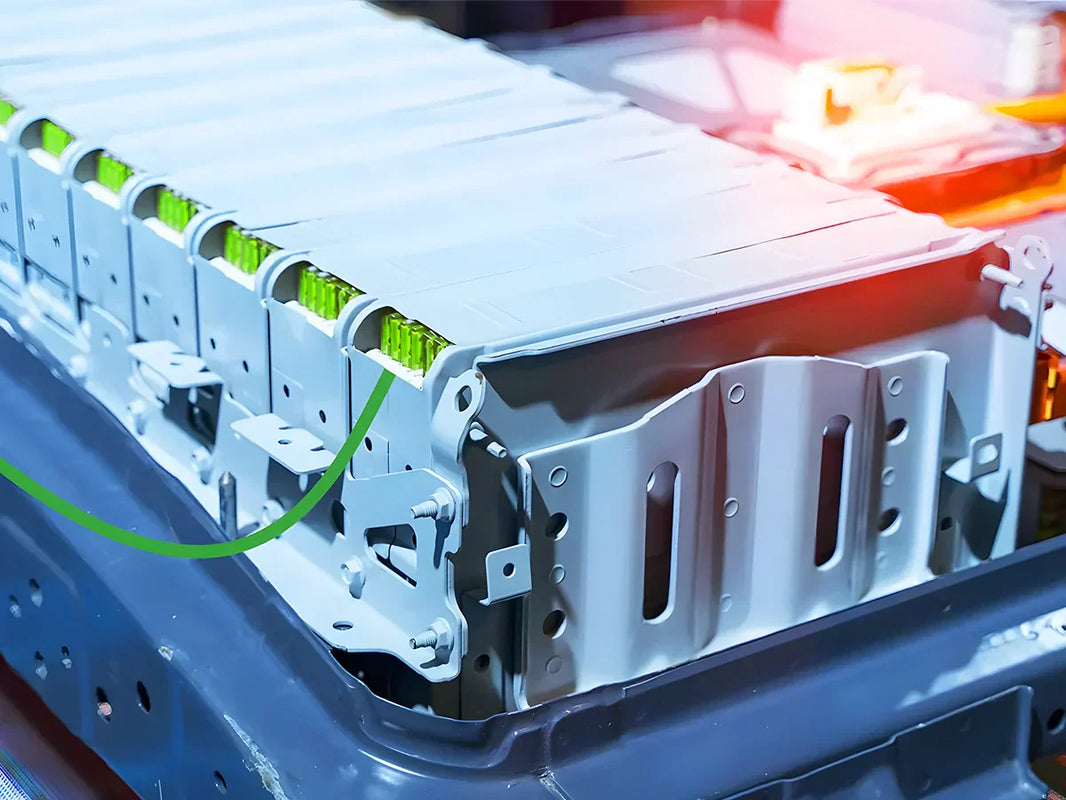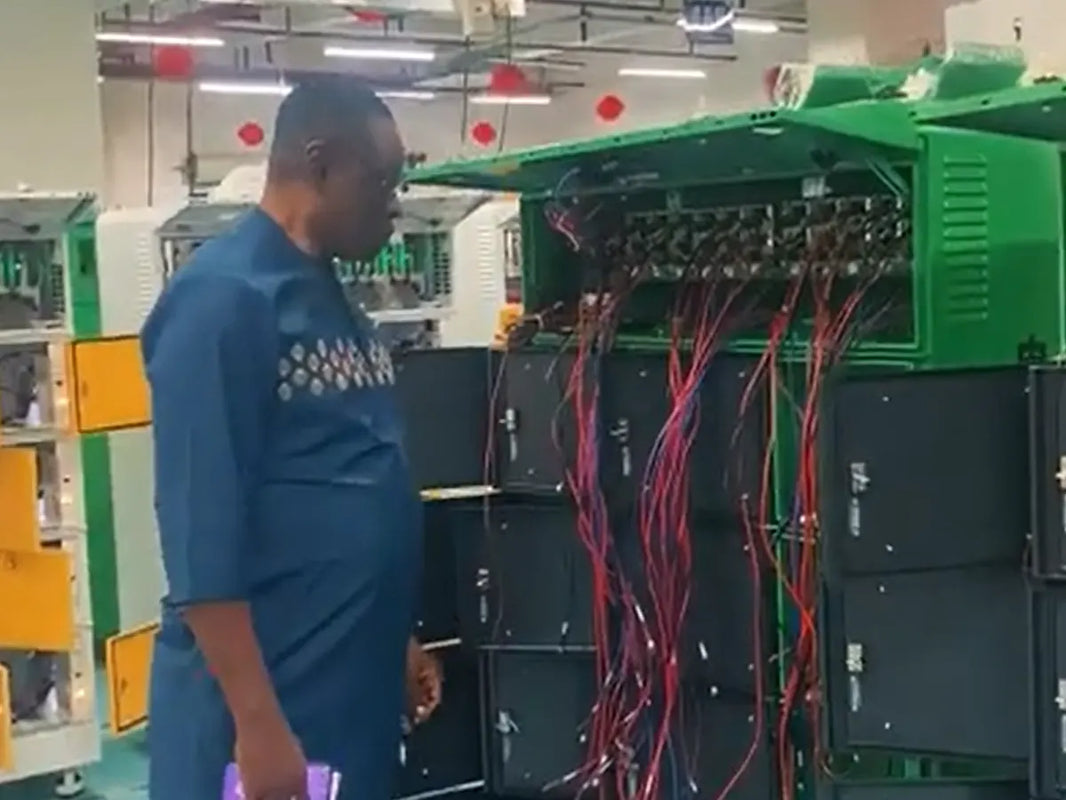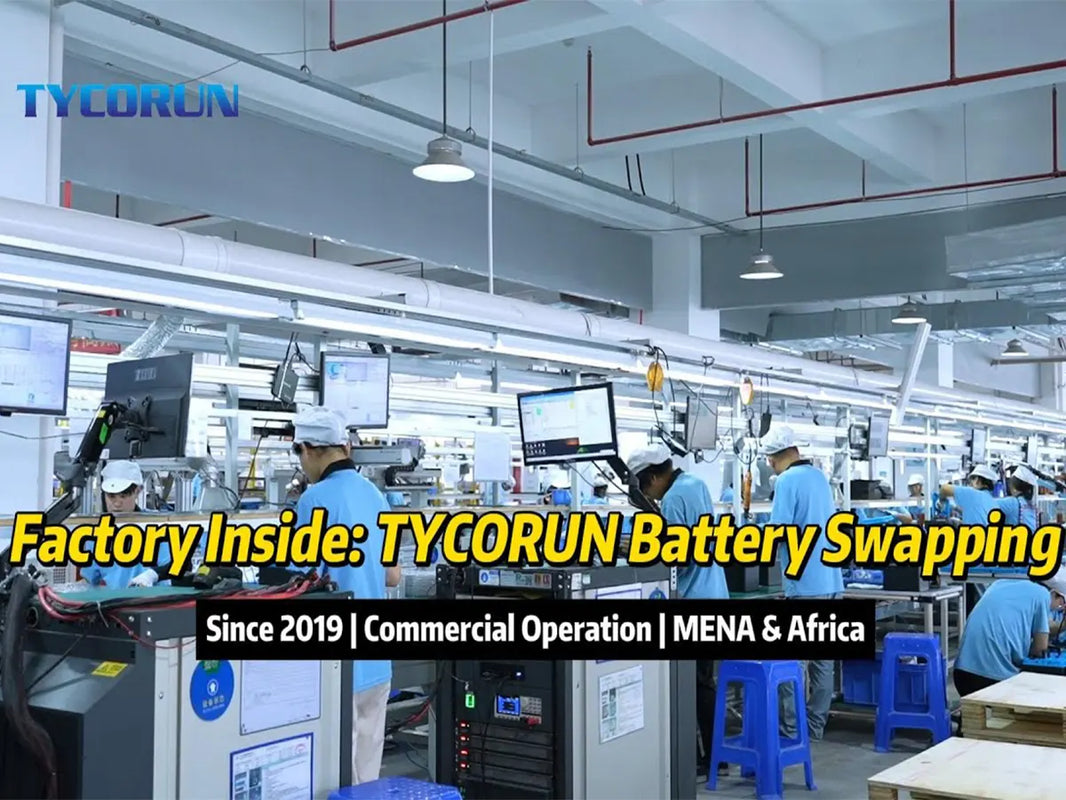
Main content:
- Overview of Cell Balancing in Lithium Ion Battery Systems
- Why Balancing Is Essential for Lithium Ion Power Batteries
- Active and Passive Balancing: Two Core Approaches
- The Role of the Battery Management System (BMS)
- The Effects of Fast Charging on Battery Balance
- Battery Swapping and Its Role in Maintaining Balance
- Benefits of Cell Balancing for Lithium Ion Battery Performance
- Practical Applications Across Industries
- Future Developments in Cell Balancing Technology
- Conclusion
Lithium-ion batteries have become the foundation of today’s energy storage systems — from electric vehicles and renewable power setups to portable electronics. Yet, as efficient as these batteries are, they face one persistent challenge: maintaining balance between individual cells. The process known as cell balancing in lithium ion systems is essential to ensure stable operation, extend lifespan, and prevent safety hazards.
This article explores how cell balancing in lithium ion batteries works, its practical applications, and why it plays a critical role in optimizing battery performance across modern power systems.
Overview of Cell Balancing in Lithium Ion Battery Systems

A lithium-ion power battery pack typically consists of multiple individual cells connected in series or parallel to achieve the required voltage and capacity. Even when manufactured under precise conditions, small variations in cell capacity, internal resistance, and chemical composition are unavoidable. Over time, these inconsistencies lead to voltage differences that can affect the entire battery pack’s performance.
Cell balancing in lithium ion battery packs addresses these disparities by ensuring that every cell operates within a similar voltage and capacity range. In simple terms, it’s a method of equalizing the energy state of all cells so that weaker cells do not limit the performance of stronger ones.
Without proper balancing, a few low-capacity cells can cause premature charging cut-offs or early discharges, directly reducing available energy. Effective balancing compensates for these variations, improving the efficiency, reliability, and safety of lithium-ion power batteries.
Why Balancing Is Essential for Lithium Ion Power Batteries
In a lithium-ion battery pack, each cell contributes to the total voltage. If one cell lags behind in capacity or internal resistance, it can become overstressed during charge and discharge cycles. This imbalance doesn’t only reduce performance — it accelerates wear and increases the risk of overcharging or over-discharging.
Key reasons why cell balancing in lithium ion batteries is essential include:
- Manufacturing tolerance differences: Even small inconsistencies in cell production lead to voltage variations.
- Aging and cycling effects: Over repeated charge-discharge cycles, cells degrade differently.
- Temperature variations: Uneven thermal distribution causes unequal electrochemical reactions.
- High-current use and fast charging: Rapid charging increases internal stress, worsening imbalance.
When the imbalance grows unchecked, it triggers performance loss, reduced capacity, and, in severe cases, safety risks like swelling or thermal runaway. Therefore, cell balancing in lithium ion power batteries is not merely optional—it’s a necessary maintenance function integrated into the battery management system (BMS).
Active and Passive Balancing: Two Core Approaches
Modern lithium-ion battery systems use two main techniques for balancing: active balancing and passive balancing. Each approach serves a specific purpose depending on the battery’s size, application, and cost requirements.
Passive Cell Balancing
Passive balancing is the simpler and more widely used method, especially for smaller battery packs. It works by bleeding excess charge from higher-voltage cells through resistors, dissipating the energy as heat. Once the higher cells discharge slightly, the rest of the pack can continue charging until all cells reach an even level.
Advantages:
- Simple design and low cost
- Effective for small-capacity or low-series configurations
- Commonly used in consumer electronics and small-scale energy systems
Disadvantages:
- Inefficient — excess energy is lost as heat
- Does not improve weaker cells’ capacity
- Longer balancing time for large packs
Despite these drawbacks, passive balancing remains popular due to its affordability and simplicity. It ensures basic voltage alignment in most mid-range applications.

Active Cell Balancing
Active balancing, on the other hand, redistributes energy rather than dissipating it. This approach transfers excess charge from stronger cells to weaker ones using inductors, capacitors, or converters. It’s a more complex system but offers higher efficiency and better long-term results.
Advantages:
- Higher energy efficiency
- Reduces imbalance dynamically during operation
- Ideal for large or high-performance lithium-ion battery packs
Disadvantages:
- Higher circuit complexity and cost
- Requires precise control algorithms
- Can introduce additional system losses if poorly implemented
In high-capacity applications like electric vehicles, cell balancing in lithium ion packs typically relies on active balancing to maintain stability under demanding operating conditions.
The Role of the Battery Management System (BMS)
At the heart of cell balancing in lithium ion batteries lies the Battery Management System (BMS). This intelligent control unit monitors the voltage, current, temperature, and overall health of every cell in the pack. Its main functions include:
- Monitoring: Continuous tracking of individual cell voltages and temperatures.
- Protection: Preventing overcharge, over-discharge, and short circuits.
- Balancing Control: Activating the balancing mechanism (active or passive) when voltage differences exceed the threshold.
- Communication: Sending diagnostic data to the vehicle or energy storage controller.
The BMS uses collected data to determine the charge state (SOC), health state (SOH), and overall pack efficiency. When it detects discrepancies, it automatically triggers the balancing process to equalize cell voltages.
A well-calibrated BMS not only ensures battery longevity but also enhances user safety by preventing dangerous conditions like overcharging or overheating. Essentially, cell balancing in lithium ion systems is only as effective as the strategy programmed into the BMS.
The Effects of Fast Charging on Battery Balance
Fast charging has become an expected feature in modern EVs and portable electronics. However, it introduces thermal and electrical stress that can quickly unbalance the cells. During rapid charging, certain cells reach maximum voltage earlier than others due to minor differences in resistance or capacity.
Over time, this leads to:
- Uneven charge distribution
- Accelerated degradation of specific cells
- Reduced total capacity and range
In vehicles subjected to frequent fast charging, these imbalances can result in a noticeable drop in driving range or unpredictable performance.
The BMS combats these issues through cell balancing in lithium ion systems. By managing energy flow during and after charging, the system restores equilibrium between cells, ensuring a consistent and safe energy supply.
Battery Swapping and Its Role in Maintaining Balance
Battery swapping stations have emerged as a practical solution for electric vehicles, particularly in fleet and delivery applications. Unlike traditional charging methods, swapping allows depleted batteries to be replaced instantly with fully charged ones — saving time and reducing downtime.

What makes swapping stations valuable for cell balancing in lithium ion power batteries is their controlled environment. These stations continuously monitor the condition of each returned battery pack, checking temperature, voltage, and balance status. If irregularities are detected, the station initiates a rebalancing process before redeploying the battery.
Key advantages of integrating balancing into swap stations include:
- 24/7 monitoring and maintenance
- Controlled rebalancing during charging cycles
- Early detection of cell degradation
- Extended overall battery lifespan
This automated rebalancing ensures that all deployed battery packs maintain consistent quality, enhancing both performance and safety across the entire fleet.
Benefits of Cell Balancing for Lithium Ion Battery Performance
The ultimate goal of cell balancing in lithium ion systems is to create uniform performance across all cells. This consistency translates to multiple practical benefits for users and manufacturers alike.

1. Extended Battery Lifespan
By preventing individual cells from overcharging or over-discharging, balancing slows chemical degradation. Balanced cells share workloads evenly, reducing strain and extending usable life.
2. Improved Energy Efficiency
When all cells operate in harmony, the pack delivers higher usable capacity and smoother voltage output. This ensures maximum power availability with minimal waste.
3. Enhanced Safety
Overcharged or deeply discharged cells pose serious safety hazards. Balancing prevents these extremes, lowering risks of swelling, overheating, or even thermal runaway.
4. Stable Performance Under Load
A balanced pack delivers consistent power output even under heavy loads, which is vital for electric vehicles, drones, and renewable systems.
5. Reduced Maintenance Costs
Properly balanced batteries require fewer service interventions and deliver more predictable performance throughout their lifespan.
Through these benefits, cell balancing in lithium ion battery systems ensures dependable and safe operation — making it a cornerstone technology in modern electrification.
Practical Applications Across Industries
The application of cell balancing in lithium ion batteries spans multiple sectors:
- Electric Vehicles (EVs): Ensures longer range, stable performance, and enhanced safety.
- Energy Storage Systems (ESS): Maintains consistent charge distribution in large-scale renewable setups.
- Consumer Electronics: Improves battery health and longevity in smartphones and laptops.
- Industrial Equipment: Supports reliable operation in forklifts, power tools, and robotics.
Across all these areas, the same principle applies — maintain equilibrium to achieve efficiency. Whether in a compact battery pack or a grid-scale storage system, balancing keeps the system optimized for maximum performance.
Future Developments in Cell Balancing Technology
As battery technologies evolve, so too does the sophistication of balancing systems. Future designs aim for smarter, faster, and more efficient balancing that integrates advanced sensors, AI algorithms, and predictive maintenance capabilities.
Emerging innovations include:
- AI-driven BMS systems that predict imbalance trends and act preemptively.
- Wireless balancing networks to reduce wiring complexity.
- High-efficiency power converters for improved active balancing.
- Self-healing algorithms capable of recalibrating cells during operation.
With these advancements, cell balancing in lithium ion systems will become more adaptive, reducing energy waste and ensuring optimal operation under varying conditions.
Conclusion
In the world of modern electrification, cell balancing in lithium ion power batteries is more than just a technical adjustment—it's a foundation for performance, reliability, and safety. Balancing ensures that every cell within a pack contributes evenly, preventing weak links that could compromise efficiency or longevity.
As applications expand from electric vehicles to large-scale renewable storage, effective balancing strategies — managed through intelligent BMS systems — will continue to define how we harness energy safely and efficiently.
Ultimately, understanding and applying cell balancing in lithium ion batteries ensures that power systems operate at their full potential, supporting the global shift toward cleaner, smarter energy.
Related Articles: Lithium ion capacitors, Lithium ion battery internal short circuit analysis, Battery fast charging

